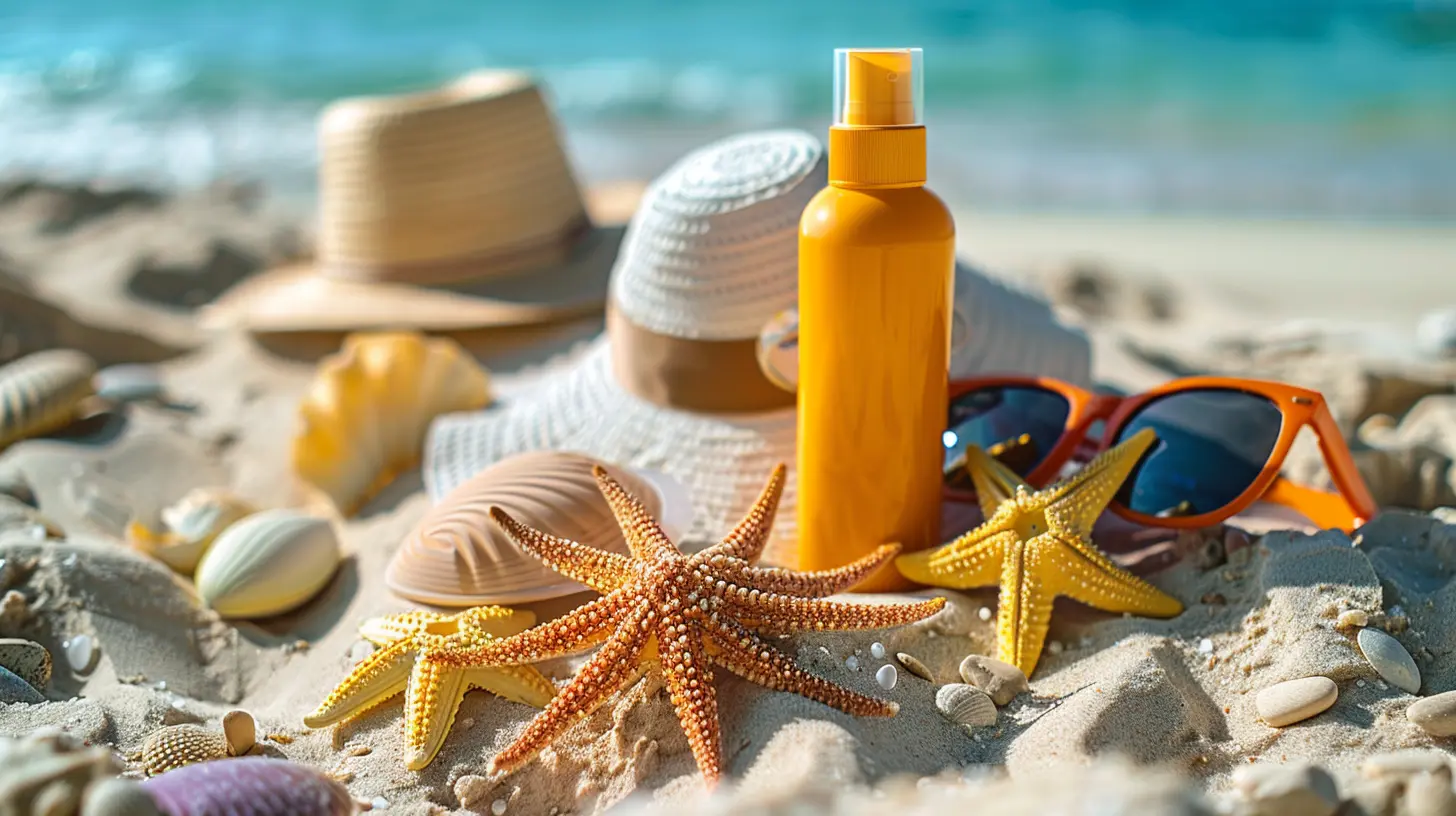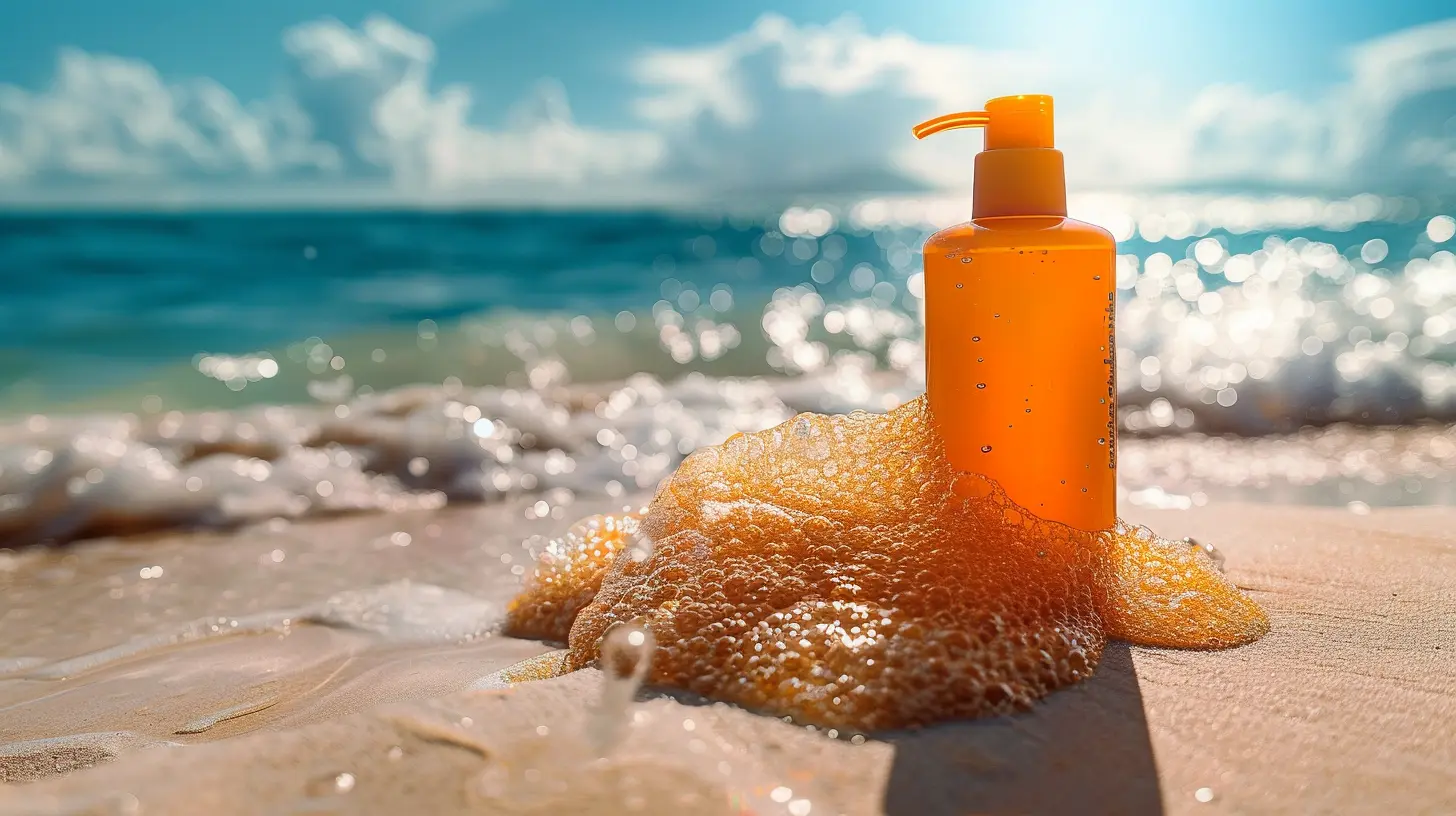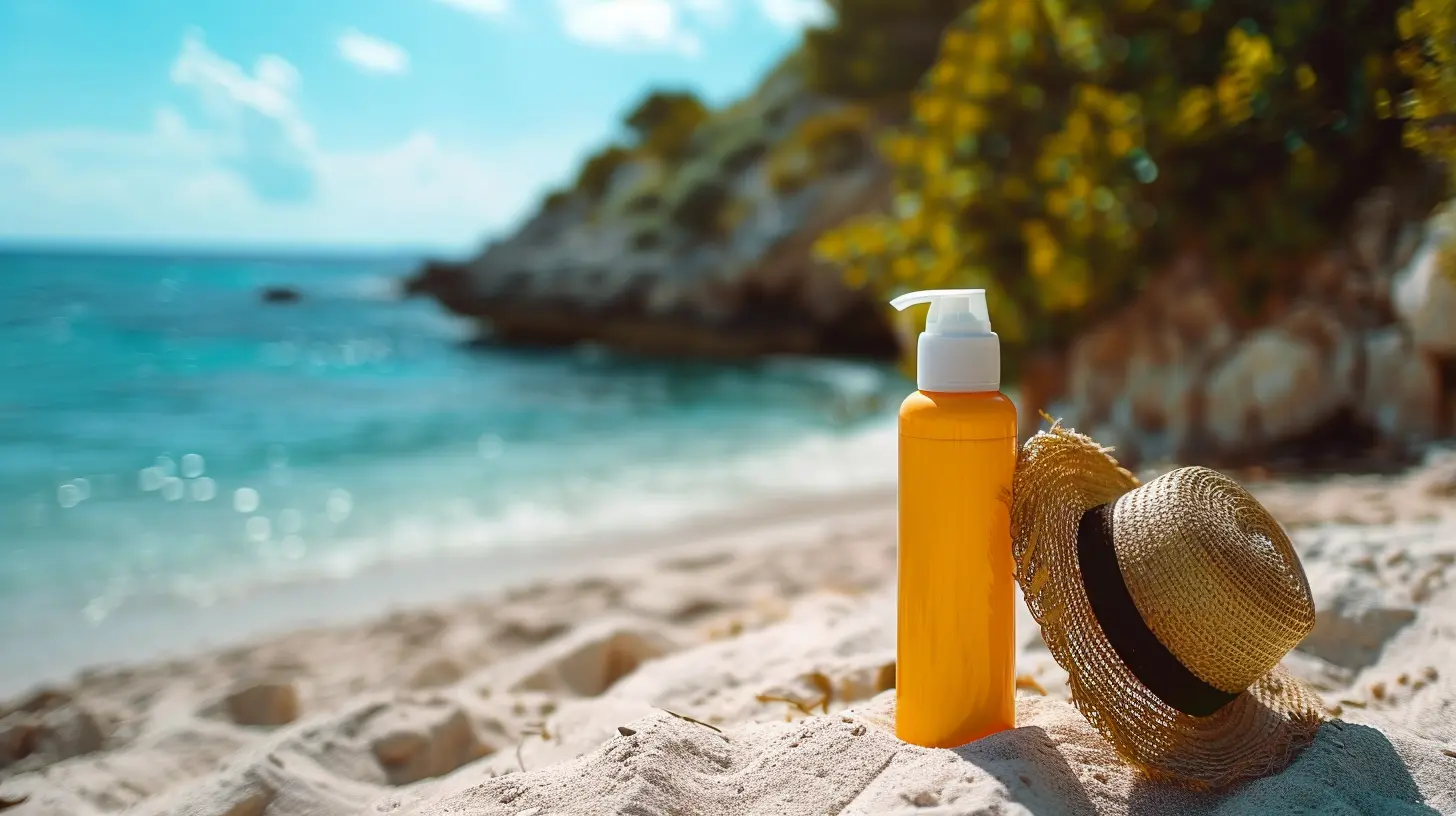What You Need to Know About Sunscreen Expiration Dates
12 June 2025
When summer rolls around, we all scramble to grab that forgotten bottle of sunscreen from last year. But wait—does sunscreen actually expire? And if it does, what happens when you use it past its prime? If you’ve ever questioned whether last summer’s SPF is still good to go, you’re not alone. Let’s dive into everything you need to know about sunscreen expiration dates, so you can stay protected without any doubts. 
Does Sunscreen Expire?
Yes, sunscreen absolutely expires! Like most skincare products, sunscreen has an expiration date, usually stamped on the bottle. That date isn’t just a suggestion—it’s the manufacturer’s guarantee that the product will remain effective up until that time.Once sunscreen expires, its active ingredients begin to break down, meaning it won’t provide the same level of protection. Using expired sunscreen is like wearing a see-through raincoat during a storm—it might feel like you’re covered, but you’re still getting drenched by UV rays. 
How Long Does Sunscreen Last?
Most sunscreens have a shelf life of three years from the date of manufacture. However, this timeline only holds up if the bottle is stored properly. If your sunscreen has been baking in the sun on your car’s dashboard or sitting in a steamy bathroom, its lifespan could be much shorter.To check if your sunscreen is still good, look for:
✔ The expiration date – Always check the packaging. If it’s past the date, toss it.
✔ Changes in texture or smell – If your sunscreen looks separated, watery, or smells off, it’s a no-go.
✔ Altered consistency – If it feels grainy or extra thick, it’s time to replace it. 
What Happens If You Use Expired Sunscreen?
Using expired sunscreen is a bit like using expired milk—it probably won’t kill you, but it can definitely cause problems. Here’s what might happen:- Reduced Protection: Expired sunscreen won’t shield you from UV rays as effectively, leaving your skin vulnerable to sunburn and potential long-term damage.
- Skin Irritation: The breakdown of ingredients can lead to skin irritation, redness, or even breakouts.
- Uneven Application: Expired sunscreen may separate or clump, making it harder to apply evenly. Any gaps in coverage mean higher sun exposure.
Bottom line? If in doubt, throw it out. No one wants a surprise sunburn! 
How to Properly Store Sunscreen
Want to make sure your sunscreen lasts as long as possible? Proper storage is key. Here’s how to keep it in top shape:- Store in a cool, dry place – Avoid leaving sunscreen in direct sunlight, your car, or humid areas like the bathroom.
- Keep the cap tightly closed – Exposure to air can degrade the ingredients faster.
- Use clean hands – If you’re dipping into a tub-style sunscreen, make sure your hands are clean to prevent contamination.
A good trick? Keep a travel-sized bottle in your bag and leave the big bottle indoors. That way, you always have fresh sunscreen ready to go.
Can You Use Sunscreen Without an Expiration Date?
What if your sunscreen doesn’t have a visible expiration date? In the U.S., the FDA requires sunscreen to either have an expiration date or prove that it lasts at least three years. If you can’t find a date, here’s what to do:- Think back to when you bought it – If it’s been more than three years, it’s time to part ways.
- Check the texture and smell – Any weird changes? Play it safe and toss it.
- Write the purchase date on the bottle – This will help you keep track for future summers.
The Best Way to Tell If Your Sunscreen Is Expired
If the bottle doesn’t have an expiration date, or it has rubbed off, here are some telltale signs that your sunscreen is past its prime:🔹 Separation – If the product has separated into a watery mess, it’s no longer effective.
🔹 Weird Smell – Sunscreen should have a mild scent. A strong or rancid odor is a red flag.
🔹 Chunky or Lumpy Texture – If it feels different than when you first bought it, it's probably time to replace it.
Think of sunscreen like yogurt—if the texture or smell is off, it’s best not to take the risk!
Can Expired Sunscreen Be Used for Anything Else?
Hate wasting products? While expired sunscreen shouldn’t be used for sun protection, you might be able to repurpose it for other uses:✅ Moisturizer for non-sun-exposed areas – If it’s not clumpy, it could work on dry elbows or feet.
✅ Shaving cream substitute – The texture of sunscreen can help provide slip for a quick shave.
✅ Polishing household items – Some people have used it to shine car interiors or remove sticky residue.
Just remember, while these hacks might work in a pinch, expired sunscreen’s primary job—UV protection—is no longer reliable.
Final Thoughts
Sunscreen expiration dates definitely matter, and using expired sunscreen could leave your skin unprotected from harmful UV rays. If you’re unsure about your sunscreen’s freshness, check for expiration dates, changes in texture, or unusual smells. Proper storage also extends its lifespan, so keep it in a cool place and not in direct sunlight.The good news? Sunscreen isn’t expensive, and when it comes to protecting your skin, it’s always better to be safe than sorry. So, if your SPF is past its prime, don’t hesitate—grab a fresh bottle and keep your skin sun-safe all year round!
all images in this post were generated using AI tools
Category:
Sun ProtectionAuthor:

Angelo McGillivray
Discussion
rate this article
2 comments
Ramona McKinley
This article effectively highlights the importance of sunscreen expiration dates, emphasizing that expired products may not provide adequate protection. Regularly checking and replacing sunscreen is crucial for maintaining skin health.
June 14, 2025 at 4:48 AM

Angelo McGillivray
Thank you for your insightful comment! It's essential to prioritize sunscreen efficacy for optimal skin protection. Regular checks and replacements are key to maintaining skin health!
Zara Morrow
Great article! Understanding sunscreen expiration dates is crucial for our skin’s health. Thanks for highlighting this essential aspect, as it helps us stay protected and radiant year-round!
June 13, 2025 at 4:42 AM

Angelo McGillivray
Thank you for your kind words! I'm glad you found the information helpful for staying protected.


